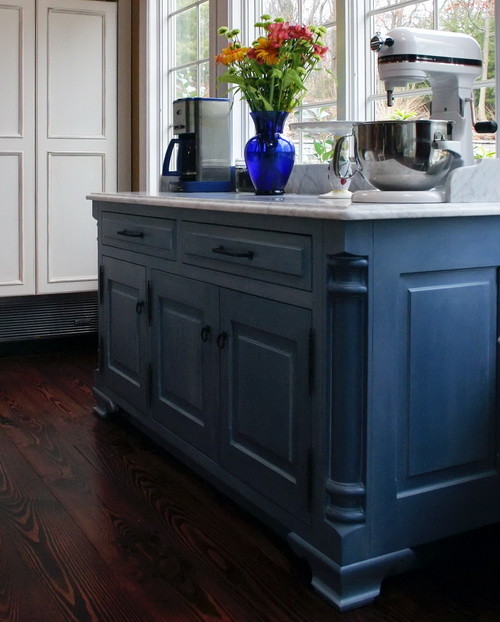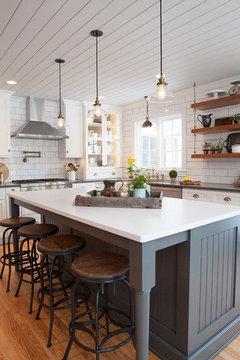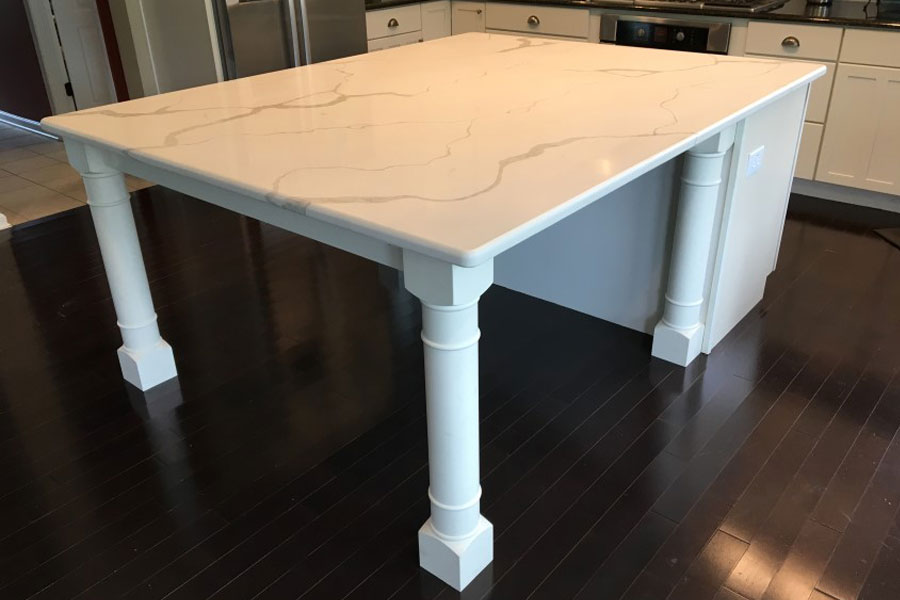Custom Kitchen Island Legs to Suit Your Kitchen Visual
Custom Kitchen Island Legs to Suit Your Kitchen Visual
Blog Article
A Guide to Choosing the Ideal Kitchen Island for Your Home
Understanding your kitchen's spatial dynamics is the initial action, guaranteeing that the island fits perfectly without disrupting the circulation. The option of products and surfaces additionally plays a vital role in integrating the island with your cooking area's overall design.
Analyzing Your Room
Prior to choosing a kitchen island, it is necessary to thoroughly examine your room to ensure the addition will be both useful and aesthetically pleasing. Begin by determining the available area, including the size, size, and height of the cooking area. Precise measurements are important to prevent acquiring an island that bewilders the area or one that is overmuch small.
Consider the existing layout and exactly how the island will certainly integrate with the current traffic flow. A well-placed island should not block paths or impede access to essential devices, such as the fridge, sink, and cooktop. Leave ample clearance area-- commonly around 36 to 48 inches on all sides-- to enable for comfortable movement and work space performance.
Next, review the all-natural light and sightlines within your kitchen. An island that blocks a home window or interrupts visual cohesion can make the space feel cramped and dark. Think of exactly how the island's positioning will affect illumination and presence, ensuring it boosts as opposed to interferes with the cooking area's setting.
Establishing the Function
Establishing the function of your kitchen island is an important action in ensuring it fulfills your specific demands and preferences. Before delving right into layout or size considerations, it is necessary to clarify what key feature the island will serve in your kitchen. Will it be a central hub for dish prep work, a casual dining location, or potentially an additional storage option?
Furthermore, adequate counter area for blending and chopping, along with obtainable storage space for cooking area devices and ingredients, can transform the island into a reliable workstation. Conversely, if the island is meant to offer or facilitate social interactions as an eating area, seating setups become vital.

Choosing the Right Size
Picking the right dimension for your kitchen island is a balance of performance and area optimization. A perfect kitchen island must give enough workspace while guaranteeing that motion around the cooking area remains unimpeded. Begin by gauging your kitchen area area; a minimum clearance of 36 to 42 inches around the island is required to allow for comfy motion and ease of access.
The dimensions of the island ought to show its desired use. If the island will serve primarily as a prep area, a width of 24 to 36 inches might suffice.

Finally, make certain that the island's dimension matches the overall kitchen format, preventing any type of overwhelming visibility that could diminish the kitchen area's aesthetic and energy - kitchen island legs. Mindful preparation and exact measurements will aid you achieve a harmonious and efficient kitchen environment
Finding Materials and Finishes
After identifying the appropriate dimension for your kitchen island, the following step entails selecting suitable products and coatings. The option of materials significantly influences both the aesthetic allure and performance of your kitchen area island. Popular products for kitchen counters include quartz, butcher, and granite block, each offering distinctive benefits. Granite, known for its longevity and timeless style, is highly resistant to scratches and warm. Quartz, a crafted stone, provides a non-porous surface that stands up to stains and bacteria. Butcher block, made from hardwood, adds a cozy, rustic charm and is perfect for cooking.
In addition to the counter top, consider the materials for the island base. Strong wood offers a classic, sturdy appearance, while stainless-steel offers a streamlined, contemporary appearance and is very easy to tidy. Repainted finishes can introduce a dash of color, with options ranging from soft pastels to vibrant, lively hues.
When picking finishes, ensure they complement the general kitchen area style. Matte surfaces supply a modern feeling, while shiny coatings can produce a sleek, high-end look. Focus on the resilience of surfaces, especially in high-traffic areas, to keep the island's look in time. Picking the best materials and finishes go to my blog will enhance both the capability and visual charm of your kitchen area island.
Integrating Practical Features
Incorporating useful attributes right into your cooking area island can dramatically boost its energy and convenience, changing it into a functional focal point of your kitchen area. One important attribute to think about is added storage space. Incorporating closets, cabinets, and open shelving can offer much-needed area for pots and pans, utensils, and tiny appliances, helping to keep a clutter-free atmosphere.
An additional useful addition is an integrated sink or cooktop, which can streamline meal prep work and clean-up processes. A sink can assist in tasks such as cleaning veggies and cleansing recipes, while a cooktop can allow for cooking directly on the island, fostering a much more social and interactive food preparation experience.
Take into consideration integrating seating choices, especially if your kitchen increases as a casual eating location. Bar stools or integrated benches can change the island into a multifunctional area for dishes, homework, or informal events.
Finally, incorporating electric outlets right into your kitchen island can improve its usefulness. Electrical outlets supply practical access for small cooking area devices, charging stations for electronic devices, and extra lights choices.
Conclusion

Before picking a a knockout post kitchen island, it is essential to extensively evaluate your room to ensure the enhancement will certainly be both functional and cosmetically pleasing.Choosing the best size for your cooking area island is a balance of performance and area optimization. kitchen island legs. A perfect cooking area island must give sufficient workspace while making sure that activity around the kitchen area continues to be unobstructed.Integrating functional attributes right into your kitchen area island can substantially enhance its utility and ease, changing it into a flexible centerpiece of your cooking area.In look at this website conclusion, picking the ideal cooking area island requires an extensive assessment of the readily available area, clarity concerning its main function, and cautious consideration of the ideal size and products
Report this page